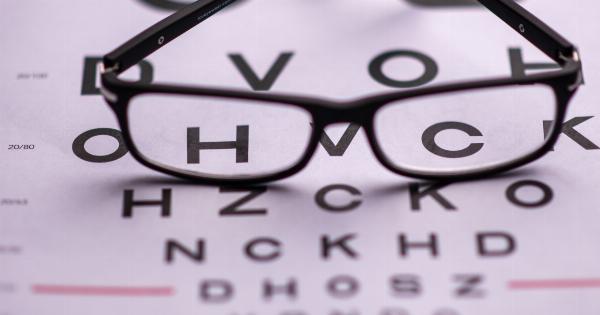Cholesterol has been a subject of concern for many individuals. It is a fatty substance found in the bloodstream and every cell of our body, which is necessary for healthy bodily function.
There are two types of cholesterol, Low-Density Lipoprotein (LDL), commonly known as ‘bad’ cholesterol, and High-Density Lipoprotein (HDL) or ‘good’ cholesterol. LDL cholesterol builds up in the arteries, leading to blockages and cardiovascular diseases. In contrast, HDL works to remove excess cholesterol from the bloodstream, reducing the risk of heart disease.
How to Eliminate Cholesterol
Eliminating cholesterol from your life is a daunting task, but it’s something doable. Here’s how:.
Reduce Saturated Fats
Saturated fats tend to increase levels of LDL cholesterol in the bloodstream. You can easily spot them in your diet, mostly from animal-based foods like meat, dairy products, and egg yolks.
The American Heart Association recommends reducing saturated fats in your diet to no more than 5-6% of your total daily calories. Instead, opt for plant-based foods like nuts, seeds, and avocados, which have healthy fats that can improve your LDL/HDL ratio.
Increase Soluble Fiber
Soluble fiber binds with cholesterol in the digestive system, preventing it from being absorbed into the bloodstream. Foods such as oat bran, beans, barley, and fruits like apples, pears, and citrus are excellent sources of soluble fiber.
Increasing the intake of this type of fiber helps to lower your LDL cholesterol levels and keep you healthier overall.
Eat Lean Proteins
Most forms of animal protein, such as beef, pork, and poultry, are high in cholesterol. To reduce your cholesterol levels, swap the saturated fat-rich meats for leaner options like fish, turkey, and chicken breast.
Fish is particularly beneficial because it contains omega-3 fatty acids, a type of polyunsaturated fat that reduces LDL cholesterol levels and decrease the chance of cardiovascular disease.
Exercise Regularly
Regular physical activity remains one of the best ways to combat high cholesterol levels. Exercise raises the levels of good HDL cholesterol in your bloodstream, leading to the elimination of excess cholesterol.
If you’re a beginner, begin with a simple 30 minutes of brisk walking per day and gradually work up to 150 minutes of moderate-intensity activity each week.
Avoid Trans Fats
Trans fats are hazardous, artery-clogging fats that are created during processing. They can be found in packaged goods like fried foods, baked goods, and processed snack products.
Limiting or completely avoiding these types of foods can reduce your LDL cholesterol levels, leading to a healthier heart.
Use Olive Oil
Olive oil contains monounsaturated fats that help to lower LDL cholesterol levels, in turn, reducing cardiovascular disease risk. Swap your regular cooking oils with extra-virgin olive oil and use it to dress salads and vegetables.
Though calorie-dense, small amounts go a long way.
Eliminate Smoking
Smoking has been linked to high cholesterol levels, raising your risk of cardiovascular disease. Smoking restricts the flow of oxygen to your heart, causing it to work harder than necessary.
Quitting smoking is one of the best things you can do to protect your health and have a better shot at eliminating cholesterol.
Monitor Your Medications
If you’re taking medications to manage cholesterol levels, make sure you take them as directed.
Consistent use of prescribed medication can help you monitor your cholesterol levels and be aware of any concerns that may arise while they are still manageable. Avoid skipping doses or discontinuing medication without consulting your doctor.
Lower Stress Levels
High stress levels are associated with an increased risk of high blood pressure, which is a significant risk factor for heart disease.
Engage in stress-reducing techniques like regular exercise, meditation, or mindful breathing to keep stress hormones in check and ensure overall wellness.
Conclusion
The process of eliminating cholesterol from your bloodstream may require lifestyle changes and medication monitoring, but it doesn’t require you to radically alter your way of life.
By following the tips listed above, you can help reduce your risk of high cholesterol levels and cardiovascular disease, leading to better overall health.






























